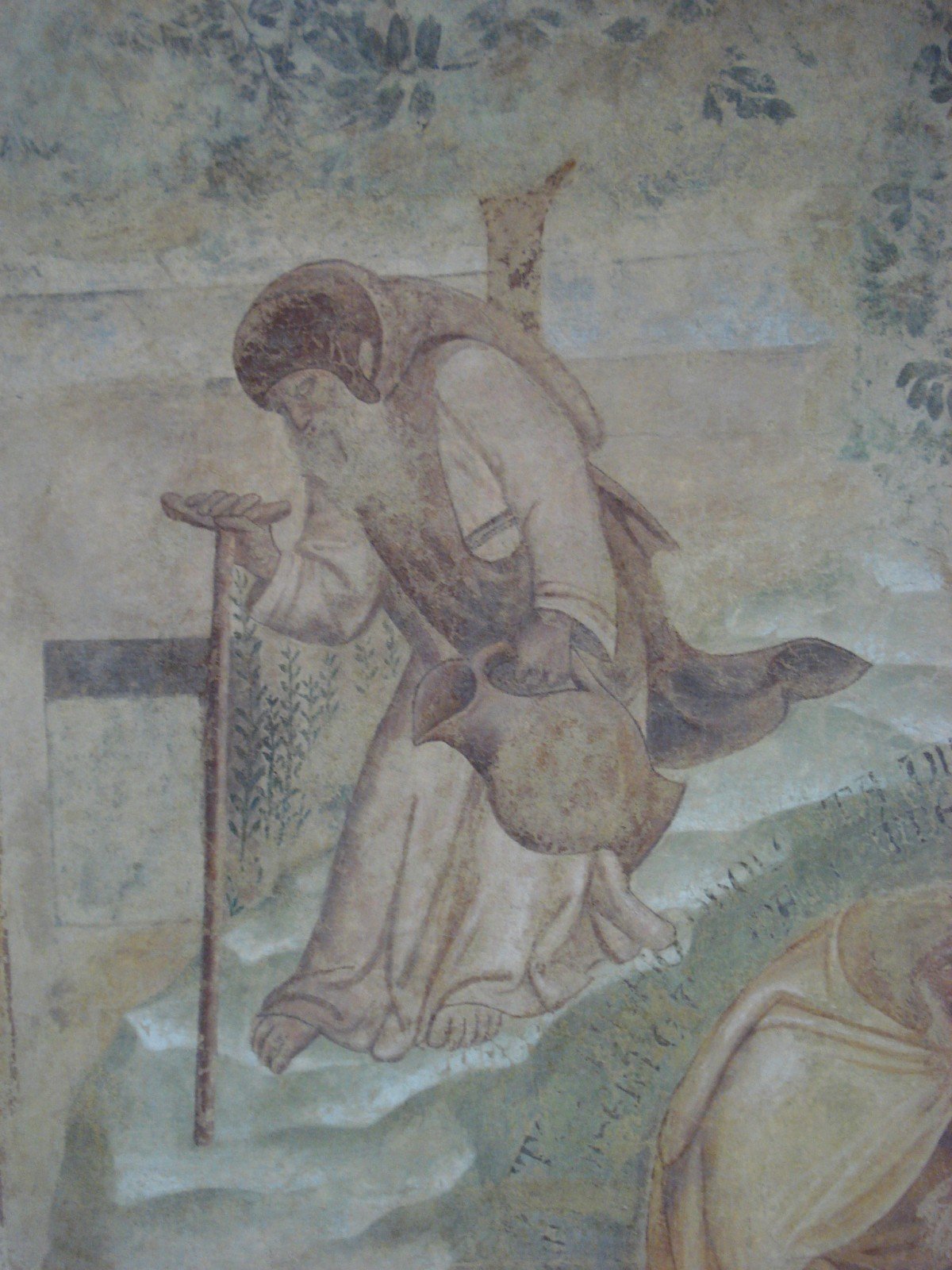A five star restaurant for bacteria is saving the Cemetery of Pisa
- Monumental Cemetery of Pisa. The restorers are relocating the frescoes by Benozzo Gozzoli (“The construction of the Tower of Babel”). The artist was working in the cemetery from 1468 to 1483.
- Monumental Cemetery of Pisa. The restorers are relocating the frescoes by Benozzo Gozzoli (“The construction of the Tower of Babel”). The artist was working in the cemetery from 1468 to 1483.
- Monumental Cemetery of Pisa. The restorers are relocating the frescoes by Benozzo Gozzoli (“The construction of the Tower of Babel”). The artist was working in the cemetery from 1468 to 1483.
- Monumental Cemetery of Pisa. The restorers are relocating the frescoes by Benozzo Gozzoli (“The construction of the Tower of Babel”). The artist was working in the cemetery from 1468 to 1483.
- Laboratory of Campaldo (Pisa). Restorers at work on the frescoes by BuonamicoBuffalmacco (“Stories of anachorets”) made between 1340 and 1343.
- Frescoes by Buonamico Buffalmacco (“Stories of anachorets”, detail, Monumental Cemetery of Pisa) made between 1340 and 1343.
- Frescoes by Buonamico Buffalmacco (“Stories of anachorets”, detail, Monumental Cemetery of Pisa) made between 1340 and 1343.
The Cemetery of Pisa is being reborn. Founded in 1277 to house the sarcophagi from the Roman period, the cemetery has been, for centuries, a crucial place in the history of Italian art. A monumental fresco cycle was contained in there: approximately 2000 square meters of painted walls realized in the span of 150 years, between the fourteenth and sixteenth centuries, by some of the most significant Italian artists of that time, like Francesco Traini, Buonamico Buffalmacco, Andrea Bonaiuti, Antonio Veneziano, Spinello Aretino, Taddeo Gaddi, Piero di Puccio, Benozzo Gozzoli. In the eighteenth century the cemetery was a must visit for travelers, artists and writers too. During the twentieth century, however, it attracted less and less visitors every year, due to the growing popularity of the leaning tower but also to the damages it suffered, which only the restoration of these years has started to fix.
Over the past seven centuries, in fact, bad weather and even worse restorations have severely spoiled the frescoes. On 27 July 1944, then, during the Second World War, the explosion of a grenade caused a fire in the cemetery, which resulted in a further deterioration of the frescos. Some blackened, others fallen, others got forever lost. In the postwar period, with the aim of recovering and indeed securing the surviving parts, restorers have removed them from the walls which they then glued onto canvas with casein. Subsequently they set the canvas on supports made of asbestos. But the process proved to be unsuccessful as the frescoes swelled and crumbled: casein does not work like glue.
Only after years of studies, a possible solution was found in 2008 in the laboratory of Campaldo, near Pisa. Here restorers have adopted the method of bacteria that eat the glue: a technique developed by microbiologist Giancarlo Ranalli at the University of Molise, which eliminates harmful substances from the frescoes, without being dangerous or invasive for the painting. By applying this method, more than 1400 square meters of frescoes have been restored so far in the laboratory of Campaldo and thereafter relocated in their original place. Now, between February and March, it’s the turn of the “anchorites” by Buffalmacco. But the hard work of the bacteria that eat the glue is in any way close to an end yet. There are still 600 square meter left to be “eaten”. So, to the bacteria we can just say: “enjoy your meal”, because as Italian art historian Cesare Brandi put it in 1958 “The Cemetery of Pisa without the frescoes seems to have seen the reverse. Where the site of the frescoes was removed, the large dingy walls, albeit intact, are no longer the same, as the pictorial decoration was essential to their own space qualification”.
November 25, 2020







